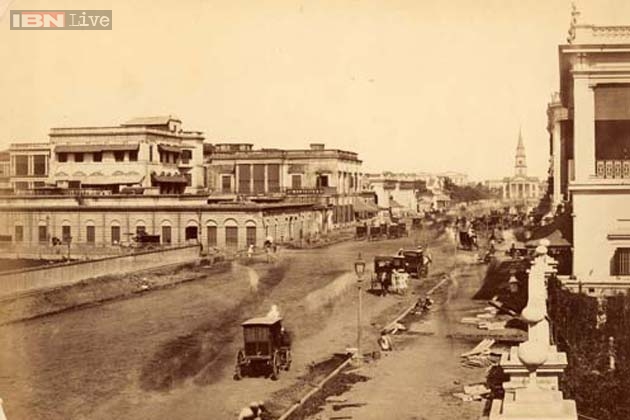People often say nostalgia is not a good thing because it prevents you from moving forward in time. But nostalgia is perhaps good for West Bengal, because it could learn so much from its past glory which was ruined by successive Left Front and Trinamool Congress (TMC) governments. BJP president Amit Shah in a speech in West Bengal said that the state’s share in the nation’s GDP was 25 percent at the time of independence and now it is at a mere 4 percent. So who destroyed the economy of West Bengal? The prevailing socio-economic policies at the national and international level or the incompetent governments of the state? Well, both contributed to turning one of richest regions in the country to one of the poorest.
The governments which ruled the state in the post-liberalization period were not in sync with the prevailing ideology of Liberalization, Privatization, and Globalization (LPG). The last two outfits which ruled the state, the Left Front (1977-2011) and the TMC (2011-Present), are well known for their anti-industrial stances, and this hindered the economic growth of the state. During the regime of Left, union strikes, harassment of businessman and industrialists were common occurring. The communist leaders defamed the industrialist as bourgeois and kept them at bay. The important point to note here is that despite Calcutta (now Kolkata) being an industrial hub in the pre-independence period and the early years of the post-independence period, the industries were largely owned by Marwaris and Gujaratis. Some of these businessmen were operating in Bengal since the Mughal period.
When the communist regime started harassing these Gujarati and Marwari businessmen, most of them migrated to other parts of the country like Delhi and Mumbai. With its main entrepreneurial base lost because it saw no longer any opportunity in the state, the economic decline of West Bengal started. Now, the state is among least industrialized states and fares much worse in all socio-economic indicators. The state used to have the highest per capita income at the time of independence, but now its place has slipped to the 19th place. This data alone is enough to tell us how badly the previous governments performed. At the time of independence it produced a quarter of India’s GDP, and now it is in the sixth position, behind Gujarat whose population is almost half of West Bengal.
Mamata Banerjee talks about the socio-economic welfare of the people but the harsh fact is that the state has one of the worst tax to GSDP ratio (the debt to GDP ratio) in the country.
If the government does not have money, how it will spend on welfare schemes like health, education and PDS? On the other hand, the state is sitting on huge pile of debt, which is accumulated primarily due to the previous Left front government. Mamata Banerjee has also contributed to this.
The state has one of the lowest capital expenditures, which is responsible for the economic growth of the state. This problem is due to excess revenue expenditure by the government on inefficient welfare schemes. The inability to raise revenues and a tendency to overspend on revenue expenditure has crimped capital expenditure in the state. Lower capital expenditure threatens the sustainability of the state’s growth path, as well as the state’s ability to lower the debt-GDP ratio.
The Left front and the TMC have destroyed the economy of the state and a regime change is necessary to put the state back on the path of growth . Now, only a regime change could bring back the golden days of ‘Amar Sonar Bangla’.
